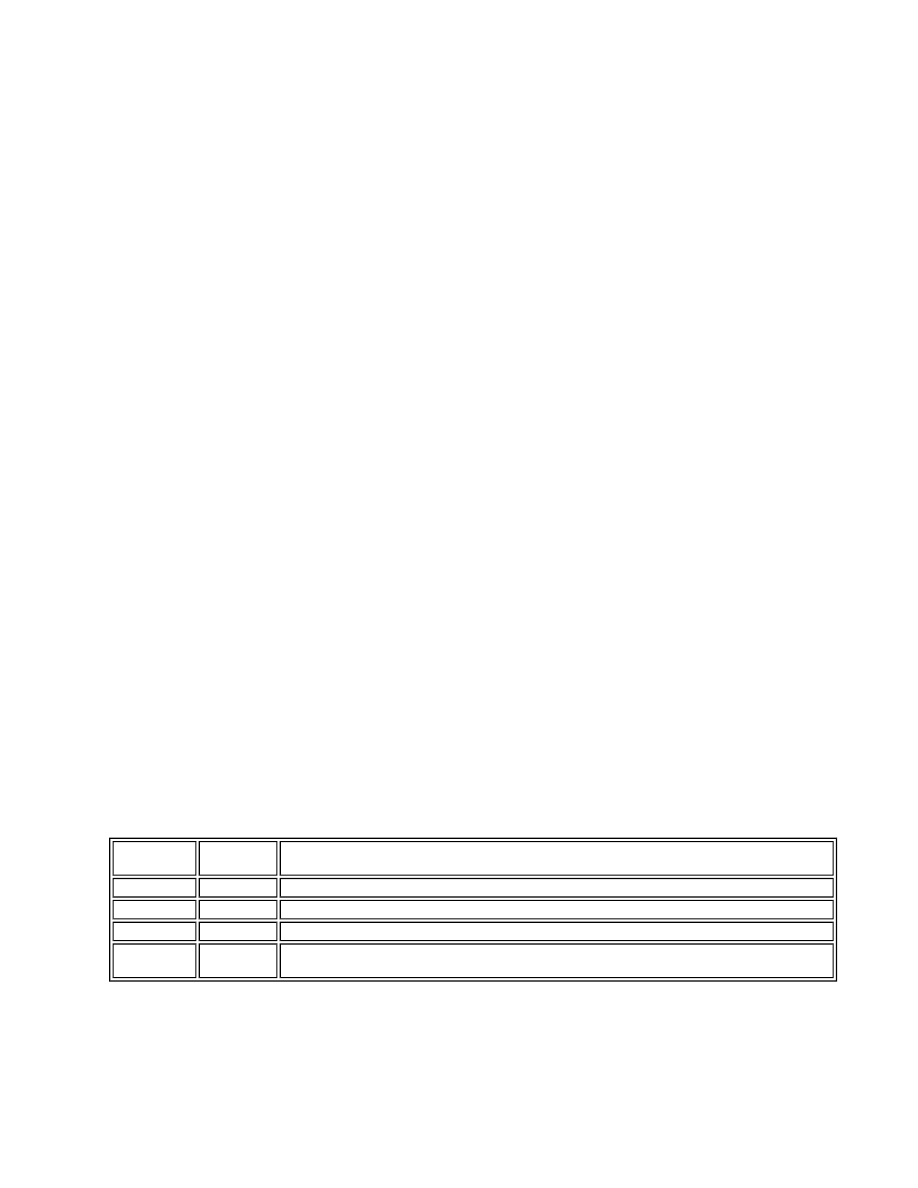LR3/Disco 3

The message center is an Liquid Crystal Display (LCD) located in a central position at the bottom of the instrument
cluster. The LCD has a viewable area of 71 mm X 36 mm with a pixel size of 0.54 mm X 0.54 mm. When active, the
message center is illuminated as follows:
At ignition on
At ignition off when all current messages are being displayed to the driver
At ignition off, each current message is displayed in turn for 3 seconds. The message center will remain active if
KEY IN IGNITION or LIGHTS ON is displayed.
When the ignition is switched on and the lights are off, the message center will illuminate at full, normal brightness. If the
lights are switched on, the intensity of illumination is reduced to a level determined by the PWM dimmer control located on
the lighting control switch.
The majority of messages are generated by the vehicle subsystem modules on receipt of CAN bus message signals. The
instrument cluster identifies the signals and displays the appropriate message in the message center.
Most messages are accompanied by a chime or series of chimes which is requested by the module generating the
message. The chime is emitted by a sounder located within the instrument cluster.
The driver can view current system status messages by scrolling through the trip computer functions to the replay mode.
This is done by pressing the 'I' button on the end of the left hand steering column multifunction switch. If messages are
current, an 'I' icon is displayed in the message center.
Message Center Display Arbitration
When the ignition is switched on, the message center displays the system check message for 3 seconds. If the ignition is
switched off during this period, the display goes off.
After the system check, the message center shows the normal display for a vehicle without Terrain Response™ (display
mode 3E, see following section for mode descriptions). The display shows the ambient temperature, adaptive cruise
information (if applicable) and trip computer information. This display format is changed if the driver switches the ignition
off or the instrument cluster detects a condition which needs to be relayed to the driver, low washer fluid for example.
Driver intervention has the highest priority. If a driver request and a warning condition become active at the same time,
the driver request will be displayed first.
If an adaptive cruise set-up message is received, the display will change to display mode 3 D or E (see following section
for mode descriptions). This will display for 3 seconds when the display changes back to the normal display.
If a Terrain Response™ message is received, the display will change to a mode 3 display, appropriate for the additional
information to be displayed. The instrument cluster reviews the information required to be displayed and shows the
appropriate format.
Display Modes
The message center has four different display modes. Each mode is displayed depending on vehicle operating conditions
and driver requests. The display modes are detailed in the following table:
Display Mode 0
This mode is entered when the ignition is off and the CAN bus system is 'asleep' and no characters or symbols are
displayed. This mode is exited by switching the ignition on or if the driver selects the 'Customer Settings' mode.
Display Mode 1
Display
Mode
Description
Format
0
Blank
No display in this mode
1
Information
Customer settings display
2
Pre-check
System precheck at ignition on
3
Normal
Seven different formats available (A, B, C, D, E, F or G) depending on vehicle specification
and active functions
